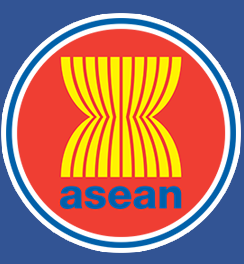ASEAN Journal on Science and Technology for Development
Abstract
The Southwestern Sumatran Waters of the Eastern Indian Ocean are known to be affected by the South Java Current and the South Equatorial Counter Current. Many studies have been carried out in relation to upwelling and the Indonesian Through Flow. However, there has been no systematic study into the properties of the particulate organic matter in the Southwestern Sumatran Waters. Therefore, the organic matter in these waters in terms of its origin is unknown. As part of the Widya Nusantara Expedition 2015 research cruise, this study aimed to examine the stable isotope ?13C signature of particulate organic matter (POM), especially with regards to the origins of the organic matter. The stable isotope ?13C is complemented by other variables such as chlorophyll-a, particulate organic carbon (POC), and nutrients (phosphate, silicate, ammonium and nitrate). The POC tends to be depth-dependent. The values of ?13C are ?23.56, ?24.30 and ?24.06‰ for 5, 100 and 300 m depths, respectively. We found that POM tended to be isotopically lighter with increasing POC and chl-a, especially in the surface water, potentially due to the preferential lighter carbon isotope for metabolism by the primary producer. The origin of POM in the Southwestern Sumatran waters is marine end-member in the surface (up to 100 m depth) and mixed compositions at the surface of twilight zone (100–300 m depth). The next layer, i.e. twilight zone (more than 300 m depth), is terrigenous end-member. The surface POM of SSW, as shown in 5 m depth, is not freshly produced and tends to be either autochthonous or allochthonous.
Publication Date
8-30-2019
Recommended Citation
Johan, Wahyudi A'an; Afdal, Afdal; and Hanny, Meirinawati
(2019)
"Stable Carbon Isotope Signature of Particulate Organic Matter in the Southwestern Sumatran Waters of the Eastern Indian Ocean,"
ASEAN Journal on Science and Technology for Development: Vol. 36:
No.
2, Article 1.
DOI: https://doi.org/10.29037/ajstd.555
Available at:
https://ajstd.ubd.edu.bn/journal/vol36/iss2/1

